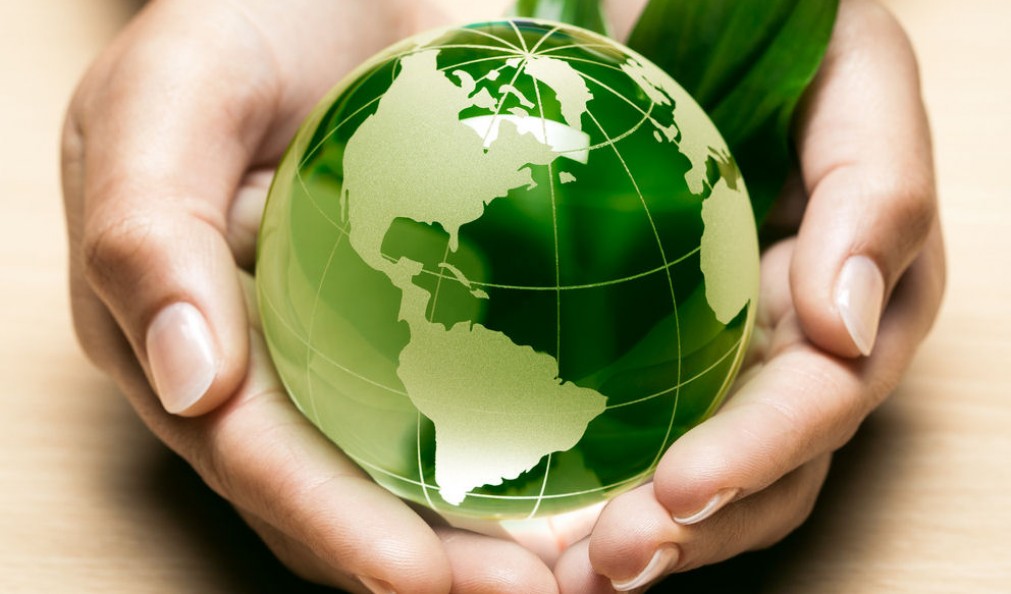You are here: Home

Pvd-sputtering
PVD - Ecological Chromium Plating
The PVD coatings can replace the decorative wear resistantcoatings; in addition a wide colour range is available.
The introduction of PVD processes as a substitute for chromium plating in decorative applications represents a development towards an environmentally clean technology.
Future successful applications of PVD coatings, as alternative to chromium plating, should considered collectively many factors like wear resistance, friction coefficient, costs and environmental issu.
Quality and Sustainability
A business goal
...the safety at work

...the protection of the environment and guaranteeing the health

The S.I.T.I.M. quality system is certified by ACCREDIA according to the following standards: ISO 9001 and ISO 14001
Article (en-gb)
Lorem ipsum ad his scripta blandit partiendo, eum fastidii accumsan euripidis in, eum liber hendrerit an. Qui ut wisi vocibus suscipiantur, quo dicit ridens inciderint id. Quo mundi lobortis reformidans eu, legimus senseritdefiniebas an eos. Eu sit tincidunt incorrupte definitionem, vis mutat affert percipit cu, eirmod consectetuer signiferumque eu per. In usu latineequidem dolores. Quo no falli viris intellegam, ut fugit veritus placeratper. Ius id vidit volumus mandamus, vide veritus democritum te nec, ei eosdebet libris consulatu.
